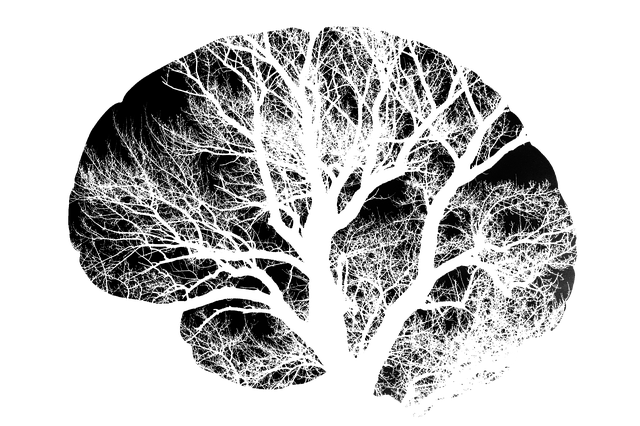 For centuries, philosophers and scientists have struggled to discover the mysterious origins of human language.
For centuries, philosophers and scientists have struggled to discover the mysterious origins of human language.
A growing body of psychological research may have developed a neurological answer to this question, finding that language is closely intertwined with our abilities to empathize with and understand other people. Not only does recent scholarship suggest that our language and empathy have shared roots, but also that these roots are embedded in specific neurons in the brain: mirror neurons.
Mirror neurons are essentially special types of brain cells that are triggered when viewing the actions of other individuals. For example, when we see another person fall and hurt themselves, our mirror neurons trigger the part of our own brain that would be activated if we had fallen.
These brain cells were first discovered in macaque monkeys in the 1980s by Dr. Giacomo Rizzolatti at the University of Parma, Italy. After hooking up electrodes to the monkeys’ brains, Dr. Rizzolatti found that when one monkey watched another grasp a peanut, the some of the same neurons fired in both subjects’ brains.
Later research found similar brain cells in humans, and Dr. Rizzolatti began connecting mirror neurons with our ability understand other people’s emotions and feel empathy for them. In fact, some studies have found that people living with autism, which is characterized by a lessened capacity for understanding other people’s emotions, have impaired mirror neuron structures.
But what about language? Ever since the discovery of mirror neurons, scientists like Dr. Rizzolatti have investigated their connection with the development of language. They found that the area of the brain associated with speech were also necessary for our understanding of other people’s physical actions.
More recently, Dr. Michael Corballis, a psychologist at the University of Auckland, New Zealand, published his auspiciously named The Truth about Language, arguing that language emerged from our instinctive desire to gesture at external objects.
His argument is that when primates gesture at the world around them, they are inherently communicating with fellows, directing their companions’ attention towards a given object of interest. This naturally ties into the way our brains instinctively mirror the actions of others through mirror neurons, enabling these gestures to communicate at the neurological level.
This argument does not diminish the incredible complexity of language, instead it clarifies the notion that communication is inherently interpersonal and deeply rooted in our brains. In fact, some mirror neuron experts argue that, not only are they deeply tied into language, but that they are behind many extraordinary human abilities.
For example, Dr. Vilayanur Ramachandran, of the University of California, San Diego, credits mirror neurons for the explosion of human culture around 50,000 years ago, known as the “great leap forward,” because it enabled collective action and cooperation on a large scale.
While many psychologists are incredibly excited at the promising field of mirror neuron study, it is also important to note that there are many skeptics. Dr. Christian Jarrett, who writes extensively on psychological issues, called mirror neurons “the most hyped concept in neuroscience” in a 2012 article.
Dr. Jarrett contends that this sort of investigation remains highly controversial and disputes the idea that mirror neurons inspired language, empathy, or culture. Instead, he argues that mirror neurons develop through experience. He maintains that our brains evolved mirror neurons alongside language and culture, rather than causing them to come into existence in the first place.
For more information on language and empathy, see our past blogs here and here.
 Is the Mona Lisa smiling?
Is the Mona Lisa smiling? Many people familiar with science fiction tend to have an ingrained fear and repulsion at what are seen as cold and unfeeling robots.
Many people familiar with science fiction tend to have an ingrained fear and repulsion at what are seen as cold and unfeeling robots.